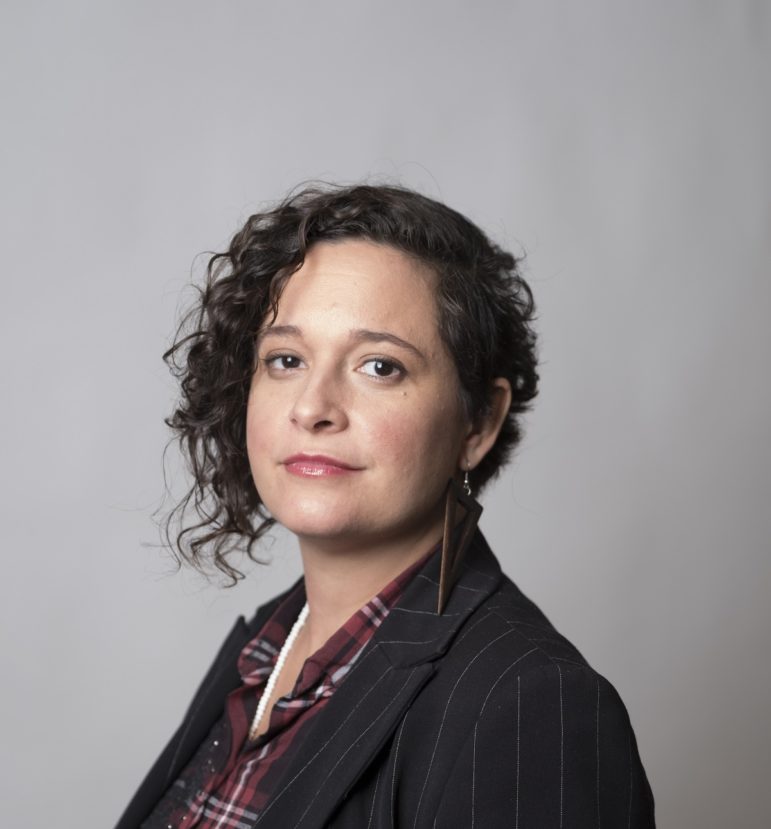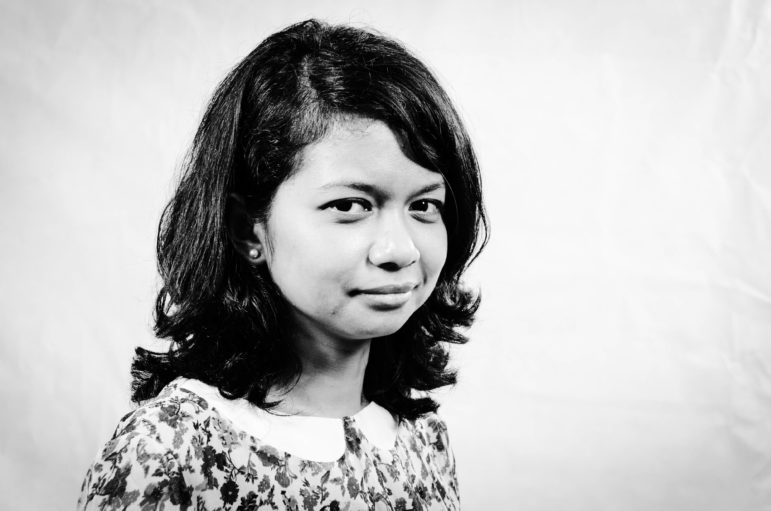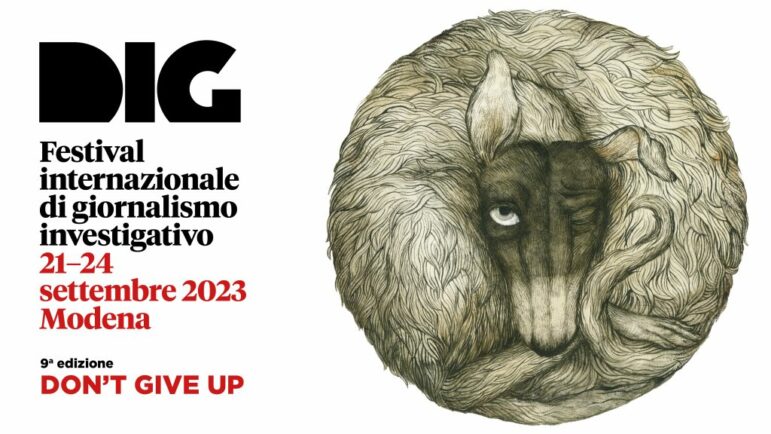

Shutterstock
What Diversity Looks Like in Investigative Newsrooms Around the World
From the global coronavirus pandemic to the soul-searching that has come as a result of the Black Lives Matter protests, 2020 has cracked open society’s fault lines. Organizations are questioning their role, and journalism has not been spared this moment of introspection. In a number of major publications in the United States, there have been resignations and staff protests about a lack of racial diversity.
Of course this isn’t just an issue in the US. A recent study by the Reuters Institute, which looked at 100 news outlets across five countries and four continents, found the top editorial positions in major news publications generally far whiter than the populations they serve. Overall, in Brazil, the UK, South Africa, Germany, and the US, just 18% of the 88 top editors were non-white compared to 41% of the general population. In Brazil, which has a majority non-white population, research found just one non-white top editor; in the US, it was two.
Exact data on the makeup of investigative teams around the world is scant. But amid concerns that this niche but prestigious field is still dominated by a far from diverse set of gatekeepers, the National Press Club in the US held a discussion recently about how to recruit diverse investigative journalism teams.
And in interviews carried out for this article, a selection of journalists worldwide suggest investigative journalism remains one of the areas that has struggled to attract, train, and retain journalists of color and those from diverse backgrounds.
“I’d wanted to do it for a long time but I was very intimidated by the idea of being an investigative journalist,” said Zanele Mji, a former reporter with South Africa’s amaBhungane team. “Now I understand why, because I didn’t see anyone like me who was one.”
Mji, a 32-year-old Black South African woman, recalls few people of color, and even fewer women of color, who were celebrated in investigative journalism when she entered the field in 2017, despite of the legacies of noted apartheid-era Black journalists Henry Nxumalo and Nat Nakasa.
“I just knew that the way South Africa works is extremely unjust,” said Mji, who carved out a beat covering the country’s land ownership disparity and a system that still prejudices Black South Africans. At a time when the so-called Gupta leaks — the trove of documents revealing corrupt links between the Indian-born Gupta brothers and the South African government — were the biggest stories, Mji’s articles came from “poor black people who had been wronged.”
The Reuters study found South Africa to have a majority of nonwhite editors, at 68%. And Mji’s investigations into land evictions earned a special mention at the Taco Kuiper investigative journalism awards in 2018. But even a cursory look at the shortlist of these prestigious awards over the last few years reveals a lack of diversity.
Questions of diversity differ from the US to Europe, to the Global South, spanning race, ethnicity, religion, gender, socio-economic representation, language, and even urban versus rural environments. We wanted to find out how issues of diversity play out in newsrooms around the world, and what outlets are doing to shift the balance.
Giving Rural Women a Voice
The investigative stories that have impact are not always sweeping accounts of global corruption. Hyperlocal stories matter too. Like one covered by an investigative journalism outlet in India that highlighted how stray cattle, abandoned by impoverished farmers, are a symptom of the worsening climate crisis in the north of the country and the state’s failure to prioritize the poor.
This story was investigated by Khabar Lahariya, a newspaper that tells the stories of marginalized Indigenous and Dalit women, an excluded community in India’s hierarchical caste system. It’s a point of pride for Meera Jatav, the publication’s founder, that after their investigation the subject made its way all the way to a parliamentary debate in New Delhi.
“Patriarchy is in our daily lives, we confront it, we deal with it, we negotiate with it, from our homes to everything we do outside,” said Jatav. After building a newspaper that boasts a nearly all-female staff and a readership of 80,000, Jatav has moved on to build the Chitrakoot Collective, a feminist media organization, named for the district it reports from.
“It is a daily, constant battle for us, as a woman to be able to do a job, to be able to go outside, to be able to do something like reporting, which for a woman is unheard of in these parts, even today.”
In a career that has spanned more than two decades, Jatav has been laughed at, undermined, and had her caste and credentials checked by officials who do not believe a Dalit woman can be an investigative journalist.
When she and the other women of Khabar Lahariya and the Chitrakoot Collective have demanded accountability as reporters, officials have demanded to know their surnames first, or failing that, their father’s occupation, to establish their background and whether they are worth answering to. Inside newsrooms, this form of prejudice is more subtle, but certainly prevalent.
“There are gatekeepers,” said Priyanka Kotamraju, an editor at the collective. “Every institution, whether it’s a nonprofit institution or a media institution that’s national, the presence of Dalit, `Indigenous journalists is minuscule, even today, there are hardly any editors who occupy top positions who are Dalit or Indigenous, or come from these backgrounds.”
“Even if women of color or from marginalized groups do make it into media houses, their role is limited, their growth is limited,” said Jatav, as Kotamraju translated. “Their identities are usually erased and they are never seen or shown as a person belonging to a marginalized group, which invisibilizes a lot of systemic racism which they face in workplaces. They won’t talk about it because they won’t talk about your identity.”
For the journalists of the Chitrakoot Collective, and the investigative journalism outfit Agência Pública in Brazil, establishing an alternative platform is one way of bypassing the invisible barriers and hierarchies of the mainstream media.
As Brazil’s first investigative nonprofit, Agência Pública was driven by the need to increase human rights coverage in the country.

Natalia Viana of Brazil’s Agencia Publica. Photo: Courtesy Natalia Viana
“Many women journalists joined the team,” said co-founder Natalia Viana, of the reporting corps that amassed during Publica’s start-up period. “For us then it became clear that women were more open to helping establish something completely new, and also that our needs and issues would naturally set the workflow, the institutional relationships, the coverage, and the identity of the organization.”
That meant that gender issues were not an afterthought, and including the voices of marginalized groups became part of the agency’s editorial direction, particularly when it came to investigating corruption and abuse of power in Brazil’s rural and forested areas.
“These are for sure the most knowledgeable people about the abuse of power, violations committed by companies, politicians, and governments,” Viana said via email. This year Publica is partnering with other 10 news organizations to bring news to a larger and more diverse audience, with young black and Indigenous presenters using Instagram to present and produce stories.
Viana also highlighted a key point about diversity and editorial leadership: It’s often whoever sits at the table who decides what stories will be investigated and what topics will receive key resources. In that sense, Viana suggests having a more diverse team can help.
“But of course we are journalists, so it is a natural part of our job to decide which investigations should be prioritized at a certain point in time,” said Viana, whose outlet has received dozens of awards from stories published in over 1,300 international news outlets. “We always focus on the stories not being covered by others, in order to optimize resources and impact, and what is relevant for Brazil now.”
Being Conscious about Diverse Communities
In Malaysia, the staff at the digital-native Malaysiakini outlet see diversity issues playing out in different ways. Firstly, there’s their audience. With a specialism for stories about corruption and marginalized communities, the outlet publishes in four languages — Bahasa, Chinese, English, and Tamil — to reach as broad an audience as possible. Their special coverage on the COVID-19 pandemic is further translated to Burmese, Nepali, and Bengali, to reach the country’s large community of migrant workers.
Then there are the practicalities of reporting in a country with a rich and varied ethnic make-up (62% Malay; 21% Chinese; 6% Indian; 11% other). The Malaysiakini newsroom is ethnically diverse, a deliberate decision on the part of management.
Aidila Razak, Malaysiakini’s Special Reports Editor, has produced deep-dive features into the effects of deforestation and tracked the journeys of unaccompanied migrant children. Razak says that she wears a hijab to cover certain stories, or sends a male journalist to cover sensitive events so she doesn’t become the story.
But in some cases, like trekking through a jungle with conservative Indigenous guides to uncover the effects of deforestation, Razak just pushes on. “I think of myself as a journalist, not a female journalist,” she says.
Razak is more concerned about the societal constraints facing women which, when combined with the long-hour, low-wage culture of investigative journalism, might lead to women opting out of long-term investigative projects, especially in relatively small, independent newsrooms like Malaysiakini.
Promoting Diversity in a Challenging Climate
The last decade has been a brutal one for the news industry, with legacy local newspapers shutting down — or facing extreme financial challenges — and digital outlets laying off thousands of staff, as journalism unions urge media houses to create contingency plans to stave off further cuts. And experts say this too, has had an impact on diversity.
“I think when the industry took a free fall, recruitment fell by the wayside,” said Maria Carrillo, deputy editor of the Tampa Bay Times, in the Investigative Reporters and Editors Journal earlier this year. “And there has not been a renewed commitment to doing that kind of nurturing and grooming like there once seemed to be.”
Journalists from diverse backgrounds still can experience the isolation of being the only representative of their ethnicity or gender, or even of their particular socioeconomic background, in a team or newsroom, and are often forced to become the de facto voice of that community. What’s more, some journalists in the US feel they are limited to covering their community, or the race or diversity beat. While these stories are necessary, they limit journalists who could contribute much more.
“Blacks are not being given the opportunity for mainstream publication,” says Ron Nixon, who was promoted to the Associated Press’ global investigations editor in March this year. Nixon, who previously worked as a homeland security correspondent for The New York Times, grew up wanting to be Watergate-reporter Bob Woodward, but seeing journalists like CBS correspondent Ed Bradley and Pulitzer Prize-winning reporter Les Payne made him feel that a career in investigative journalism could be a reality.
Failing to give a more diverse set of reporters the opportunity to work on investigative journalism is a missed opportunity, said Nixon, who is also a co-founder of the US-based Ida B. Wells Society for Investigative Reporting, which has a mission of “increasing the ranks, retention and profile” of investigative journalists of color.
Nixon cites the “bad-ass” work of Egyptian journalist Maggie Michael, whose body of work into the atrocities of the war in Yemen earned her, her colleagues, and the AP a Pulitzer Prize in 2019.
“This is what you’re missing when you don’t broaden the field to include people of color, because you bring different perspectives, different ideas, and you bring a different world view to this area,” he said.
 Lynsey Chutel is an independent journalist living in Johannesburg, South Africa. She has written and produced stories focused on gender, identity, development, culture, and everyday news in parts of east and southern Africa. Her reporting has appeared in The New York Times, Associated Press, Quartz, The Guardian, and The Washington Post.
Lynsey Chutel is an independent journalist living in Johannesburg, South Africa. She has written and produced stories focused on gender, identity, development, culture, and everyday news in parts of east and southern Africa. Her reporting has appeared in The New York Times, Associated Press, Quartz, The Guardian, and The Washington Post.












